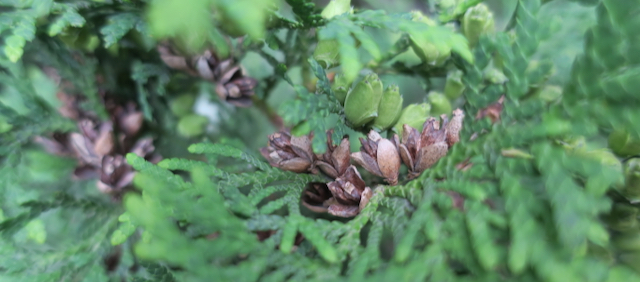Sustainable agriculture is a form of producing food that gives balanced importance to the environment, economy and to our society. When contrasted to conventional agriculture, one might think that massive production of giant, sweet and symmetrical vegetables can’t be outcompeted.
With the growing human population and climate change, most people THINK we need to produce more and more. 1 in 10 people do not have enough to eat.
But here it goes: What are the benefits of massive production if the soil is not able to bare different production cycles? If the water cycle is disrupted?
On the stage we are now, our food production systems need to be reorganized or they will collapse. We could collapse. Sustainable food systems are the solution to end world huger and mitigate climate crisis.
Food is more important than what we believe. “You are what you eat”*. Food is a form of cultural expression, it nourishes our internal biota, that vastly influences our emotions. We are heterotrophs, we can’t transform light energy into nourishment as plants do. We need to eat to survive, that is a why of our food production systems being so important. By shifting them to sustainable production we would be benefiting our own health which is deeply linked to the health of the ecosystems that surround us, and to the health of our social systems.
I have been involved in a project in Brazil where the main goal is to increase the profit of small rural producers and enhance their social and heath conditions. The Sowing Water Project from IPÊ** aims to substitute conventional agriculture fields by agroforests. Agroecosystems will eventually substitute conventional agriculture, but only when people listen to biologists and forest engineers and realize that they yield more profit AND benefit the ecosystem. Agroecosystems are forms of agriculture that respect biological diversity and use natural strategies to increase production, quality and decrease costs.
Let’s use an agroforest as an example of a sustainable agriculture system. An agroforest system represents a different way of using land in which native trees and shrubs are used in addition to crops, leguminous plants and cattle in the same area. This kind of system tries to imitate the way a forest works, allowing for the soil to be always covered with vegetation and organic matter. It is a diversified agriculture that favours the productivity of degraded soils by using different plant species that play different roles. Its foundations are on taking advantage of natural strategies that already exist and create stable ecosystems to reduce the use of external inputs and increase productivity.
When thinking about sustainable agriculture we have to remember that sustainability englobes the society, the environment and money. It is by actively teaching and informing people that we will be able to re-adapt the human lifestyle to one that is less harmful to nature and more intelligent. Beneficial in all directions. It is a political game of convincing people, creating policies and integrating the social, economical and environmental platforms to promote sustainable agriculture.
How could I start contributing now?
- Eat seasonally
- Support local and organic producers
- Adopt a plant-rich diet
- Support slow food movements
- Avoid wasting food
*I would rather be a beautiful greenish lettuce leaf than a bloody piece of cow flesh (also called steak). But I will leave that for another blog post.
**Institute of Ecological Research
References:
Altieri, M. A. (1999). The ecological role of biodiversity in agroecosystems. Agriculture, Ecosystems and Environment, 74(1–3), 19–31. https://doi.org/10.1016/S0167-8809(99)00028-6
https://www.nature.com/scitable/knowledge/library/sustainable-agriculture-23562787/
